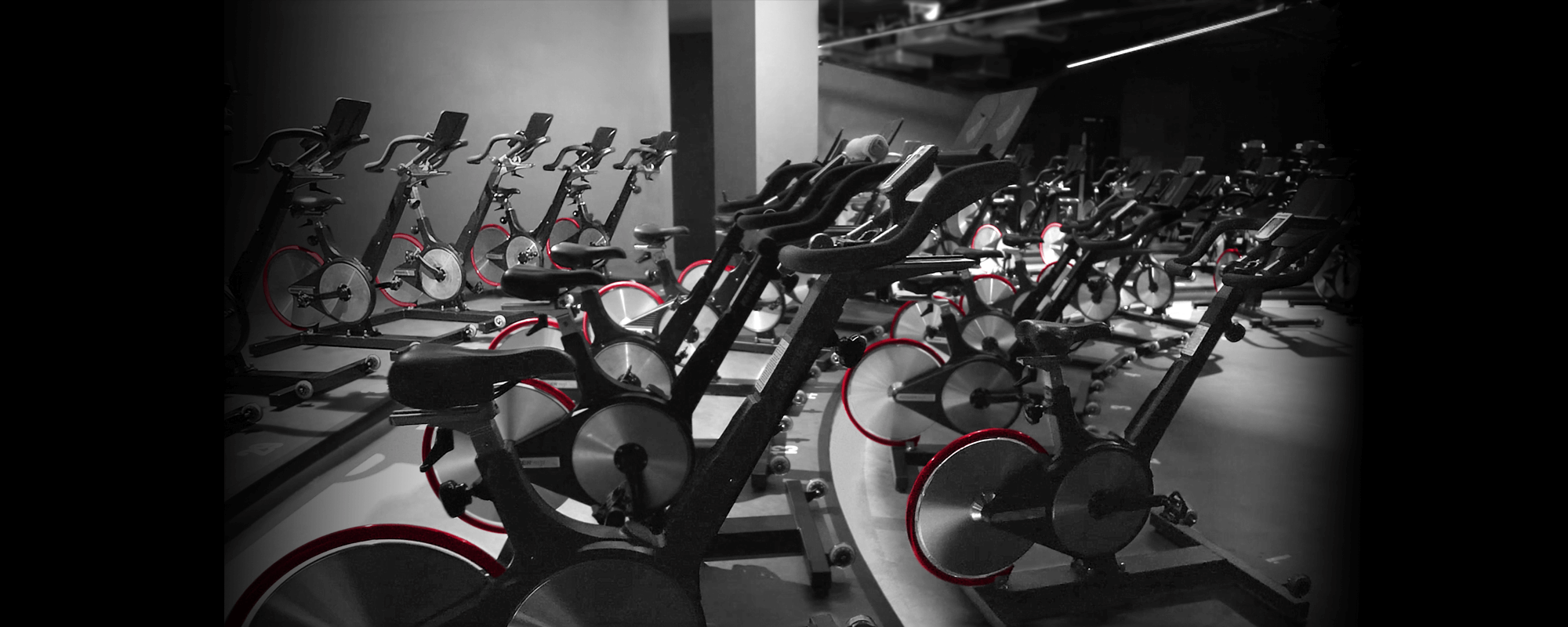2 min read

Questions to Guide Your Decision
Equipping your studio or gym with the right indoor group cycling bikes is essential for member satisfaction and driving class participation. With a range of options on the market, it's important to go beyond simply choosing a bike and consider the factors that matter most when you're outfitting an entire facility.
Who exactly should an indoor group cycling bike be built for?
A truly great indoor group cycling bike should deliver an exceptional experience for riders, gym owners, and maintenance technicians alike. After all, rider satisfaction drives studio success, gym owners need reliable equipment, and technicians require easy-to-maintain bikes. But how can you find a bike that truly balances these needs?
-
Is the bike certified for accuracy and safety? Look for independent certifications (such as TÜV EN957-10 or EN ISO 20957-10) for proof of accurate power readings and robust safety standards.
-
Does the bike offer a realistic road-bike feel? The flywheel and drive-train should simulate a real road bike's inertia ensuring riders get safe, effective workouts.
-
Is the bike quiet and smooth? Noisy or vibrating bikes disrupt the class experience and decrease rider enjoyment.
-
Are the power and cadence readings responsive and accurate? Delays or inaccurate readings hinder a rider's workout tracking and could impact class dynamics.
-
Ease of adjustment for different body types: Can bikes be easily customized to fit various riders? Do adjustments accommodate taller riders?
-
Is the resistance level clearly displayed? Clear gear/resistance visibility helps riders track their efforts and ensures consistency across bikes in a class setting.
-
Connectivity and data tracking: Does the bike's system integrate with workout apps and/or studio display systems for enhanced rider engagement?
-
Crank arm design: Can the bike accommodate a wide range of riders, or is it best suited for experienced cyclists?
-
Ease of maintenance: How easy is it to inspect and replace parts across multiple bikes? Consider the impact of downtime on your class schedule.
-
Durability and corrosion resistance: How well does the design hold up in a high-use environment? Is the flywheel positioned to minimize sweat damage?
-
Is the belt self-tensioning? Automatic tensioning reduces maintenance needs and ensures a consistent experience across multiple bikes.
-
Brand reputation and track record: Consider the manufacturer's reputation, support, and how well their bikes are known to perform in multi-bike settings.
- Cost: Factor in the upfront cost per bike, maintenance costs, expected lifespan, and potential for volume discounts.
- Warranty: Look for strong warranties that cover both parts and labor on multiple units.
- Customer Support: Is the manufacturer responsive and easy to reach for support across your fleet of bikes?